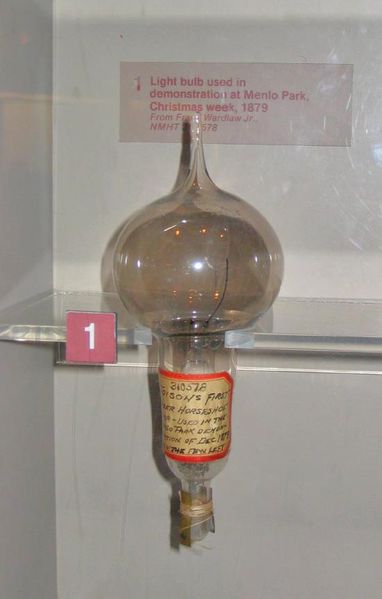Robby May
Ashley Rossi
AP US History 🇺🇸
454 resourcesSee Units
New technological innovations, greater access to natural resources, and a rapidly growing labor force led to a boom in manufacturing. Output power and efficiency increased as companies switched their means of manufacturing and production (steam engines, kerosene, and the use of electricity after 1900).
The United States began tapping into natural resources 🏞️ , mostly iron, coal, and oil, as a means of more efficient production. This created a boom in manufacturing and, down the line, would play a large role in our foreign policy.
Communications
Some inventions transformed communications. The first radical change in the speed of communications was the invention of a workable telegraph by Samuel F.B. Morse, initially demonstrated in 1844. In 1866, Cyrus Field improved the transatlantic cable linking telegraph networks of Europe and the US. By the 1870s, they reached every continent.
Alexander Graham Bell was a Scot who settled in Boston in 1871. He was interested in problems of the deaf. He experimented with ways to transmit speech electrically. After several years, he had developed electrified metal disks, that converted sound waves to electrical impulses and back again. On March 10, 1876, he transmitted the first sentence over a telephone “Mr. Watson, come here; I want you”
Industry
The high speed spindle, automatic looms, and electric sewing machines transformed the clothing industry which for the first time in history turned out ready made clothes for the masses.
One of the most important innovations of the time was Andrew Carnegie’s use of the Henry Bessemer’s process of steel production. With this process, steel could be produced more efficiently and for much lower prices than ever before. This process, quite literally, led to national growth. It was used to build railroads in the West and cities in the East. 🏗️
Electricity

Image Courtesy of Wikimedia
Thomas Edison’s incandescent lightbulb 💡 was also a major innovation (duh). Although it was initially out of reach for the average American, it was used to light parts of Manhattan and led to one of the greatest conglomerates, General Electric.
Edison based his system on low-voltage direct current, which could be transmitted only about 2 miles. George Westinghouse, demonstrated the advantages of high-voltage alternating current for transmission over great distance. In 1886, he formed the Westinghouse Electric Company with the inventor Nikola Tesla. They developed an alternation current motor that could convert electricity into mechanical power. It now freed factories from having to be located near water or coal.
🎥 Watch: APUSH - Period 6 Review
Browse Study Guides By Unit
🌽Unit 1 – Interactions North America, 1491-1607
🦃Unit 2 – Colonial Society, 1607-1754
🔫Unit 3 – Conflict & American Independence, 1754-1800
🐎Unit 4 – American Expansion, 1800-1848
💣Unit 5 – Civil War & Reconstruction, 1848-1877
🚂Unit 6 – Industrialization & the Gilded Age, 1865-1898
🌎Unit 7 – Conflict in the Early 20th Century, 1890-1945
🥶Unit 8 – The Postwar Period & Cold War, 1945-1980
📲Unit 9 – Entering Into the 21st Century, 1980-Present
🚀Thematic Guides
🧐Multiple Choice Questions (MCQ)
📋Short Answer Questions (SAQ)
📝Long Essay Questions (LEQ)
📑Document Based Questions (DBQ)
📆Big Reviews: Finals & Exam Prep
✍️Exam Skills (MC, SAQ, LEQ, DBQ)

Fiveable
Resources
© 2023 Fiveable Inc. All rights reserved.